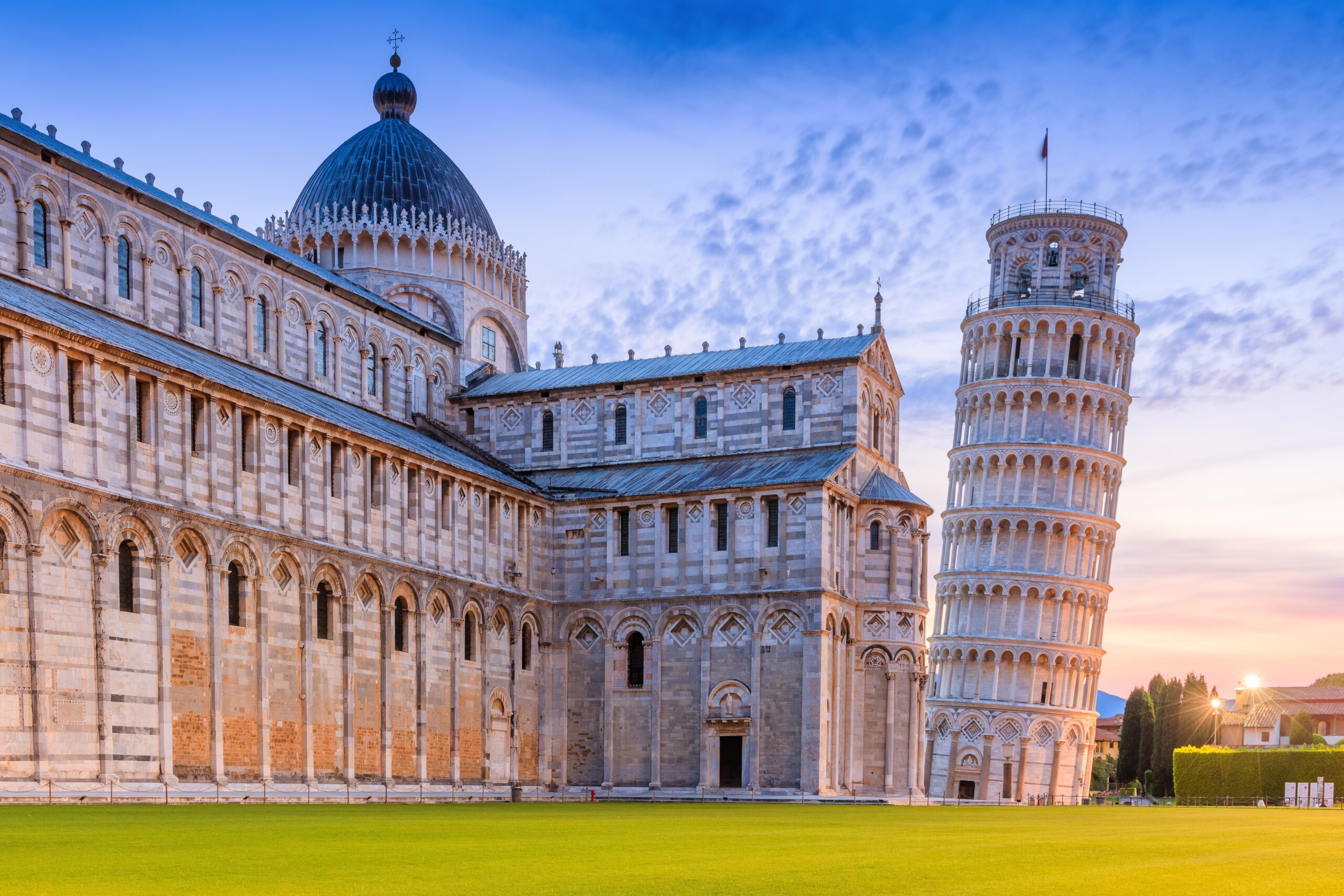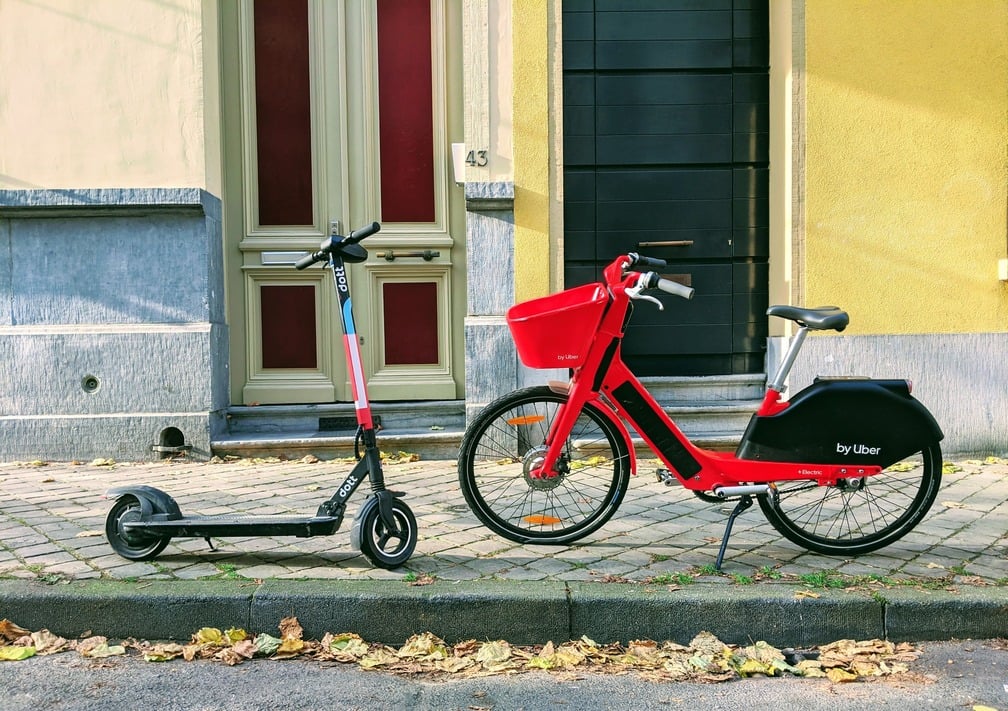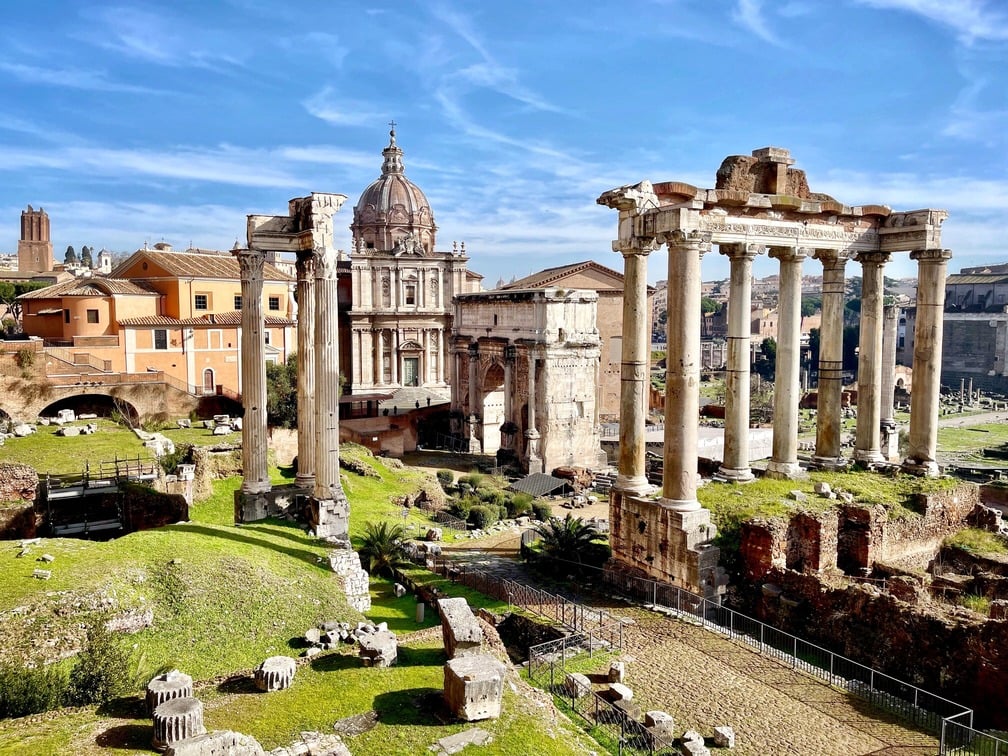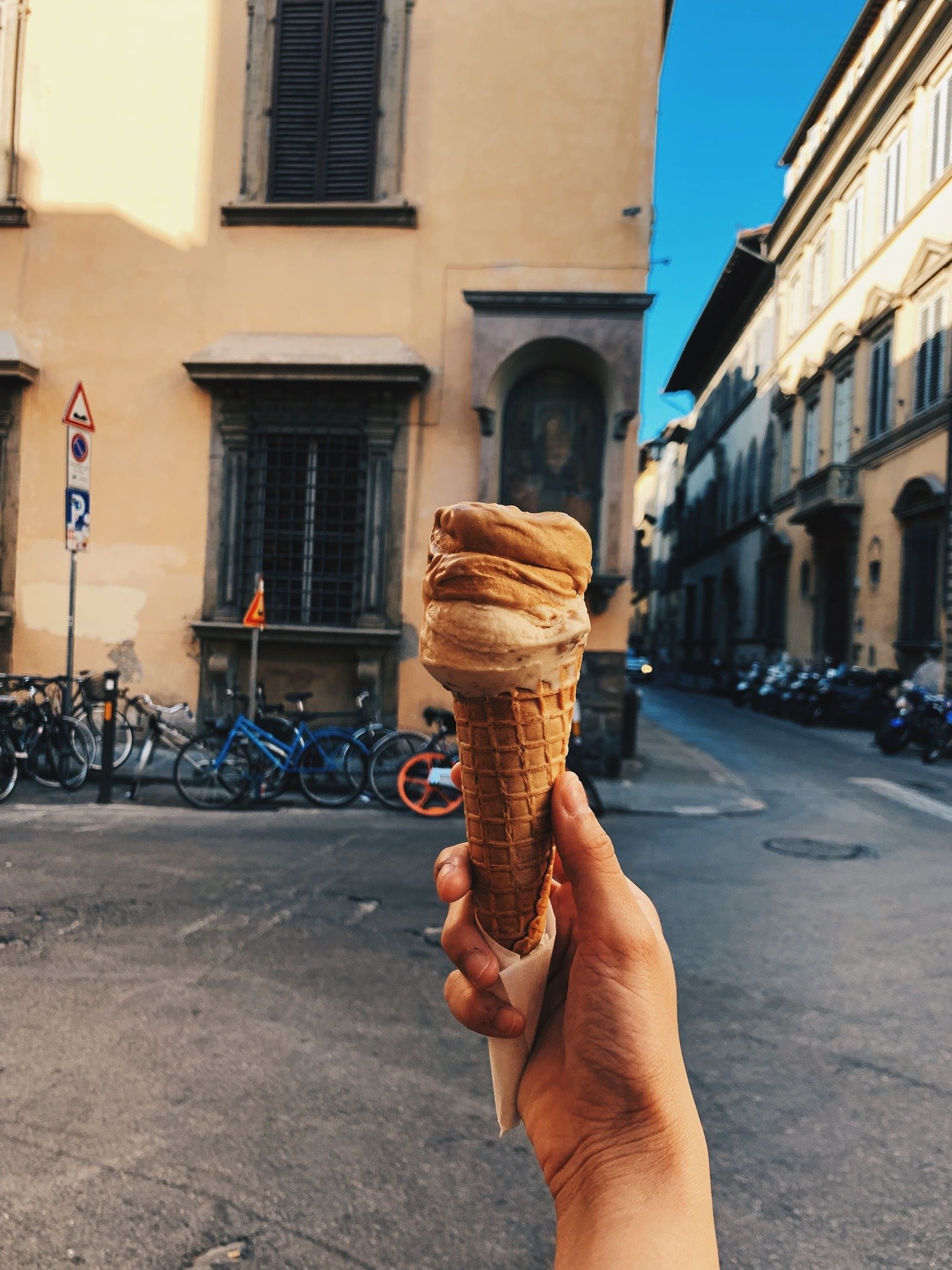











Around the 8th century BC, what is today modern Pisa originated with the Etruscan civilization. Later established as the Roman colony of “Pisae,” the city thrived because of its strategic location along the Arno River and ability to facilitate trade and commerce. Like other Italian city-states of the age, Pisa evolved into a flourishing maritime republic during the Medieval Period and grew in textiles and shipbuilding into the 13th century. Throughout this period, the city was home to notable figures, including mathematician Fibonacci and the painter Giotto, while also experiencing a dip in power due to its eventual annexation into Florence. In the 1900s, the Kingdom of Italy absorbed Pisa and supported its modernization and restoration of historic sites. Perhaps best known on the international circuit for its Leaning Tower, Pisa is a cultural gem in its own right and a favorite of travelers worldwide. Experience the best of the city when you book a trip with Gray Line Worldwide today!
Tour Expert, Gray Line Pisa

Easily one of the most recognizable structures in the world, the Leaning Tower of Pisa is famous for its unintended tilt. Beginning in 1173, construction began on what would become the eponymous tower and continued for nearly 200 years. The tower is a prime example of Romanesque architecture characterized by its rounded arches and columns. During the building process, the tower began noticeably leaning because of the poorly laid foundation and soft ground that couldn’t support the structure’s weight. The tilt became increasingly noticeable as additional stories were added to the freestanding bell tower. In the 20th century, engineers undertook a significant restoration effort to prevent the building from collapsing entirely. By 2001, the Leaning Tower of Pisa was deemed safe for visitors, and tourists regularly climb its 294 steps to the top for stunning and rewarding views of the countryside.

Officially known as the Cathedral of Santa Maria Assunta, the Pisa Cathedral complements the majesty of the Leaning Tower. Also built in the Romanesque style, construction on the cathedral started in 1063 in honor of the victory over the Saracens at the Battle of Palermo. With intricate white and colored marble, the cathedral’s facade is divided into a large central portal and two smaller side doors. To this day, the Pisa Cathedral serves as the seat of the Archbishop of Pisa and remains an important worship center for members of the local Catholic community. Along with the tower and baptistery, the cathedral has also been designated a UNESCO World Heritage Site.

Directly adjacent to the Pisa Cathedral and Leaning Tower sits the Baptistery of St. John, also called Battistero di San Giovanni. In 1152, builders began work on the unique design created by architect Diotisalvi. Started with a Romanesque-style base, the building was finished in the Gothic style, which is particularly evident in the baptistry’s upper levels and intricate details of the exterior. The largest of its kind in Italy, the baptistry measures about 177 feet in height, and its circular shape reflects a departure from the traditional square designs elsewhere. Ultimately, the Baptistery of St. John symbolizes the idea of rebirth with its high vaulted ceiling and large baptismal font made of marble. The interior acoustics are particularly exceptional, which makes this spot a favorite for live choral performances.

Established in 1543, the Botanical Garden of Pisa — or Orto Botanico di Pisa — is one of the oldest of its kind in Europe. The garden was created for the study of medicinal plants and to support the botany curriculum at the University of Pisa. Today, the garden is considered part of Pisa’s renowned Piazza dei Miracoli as a UNESCO World Heritage Site. The historical greenhouses shelter over 1,000 different species of plants, including rare, endangered, and tropical collections. Sculptures and fountains are peppered between various plants and add to the ambiance of the location. Don’t miss a chance to view the garden’s centuries-old trees, particularly the large Ficus macrophylla.

Palazzo Blue is a prominent cultural center in Pisa that hosts art exhibitions, concerts, and educational field trips. The building itself dates back to the 14th century and represents a mixture of Gothic and Renaissance architectural designs. Meaning “blue” in Italian, this structure’s name comes from the distinctive facade of that color that is still a striking feature in the city to this day. Along with traveling temporary exhibitions, Palazzo Blu also hosts permanent collections, including paintings, sculptures, and decorative arts by artists as illustrious as Giovanni Fattori and other members of the Macchiaioli movement. Before it transformed into a public space, the palace was once the residence of the noble family of the Pisan merchant Francesco di Vannuccio.

The University of Pisa is one of the oldest and most prestigious institutions in the world. Founded in 1343, the school has made valuable contributions to the fields of literature, science, and philosophy over the many centuries it’s been in operation. A public university to this day, some notable alumni include Galileo Galilei (the famous astronomer who both studied and taught there), Enrico Fermi (renowned physicist known for his work on nuclear reactors and quantum theory), and Leonardo Fibonacci (mathematician known for identifying the Fibonacci sequence). Closely linked to Pisa as a whole, the University of Pisa is as much a structure of the city as the Leaning Tower and, in some ways, has perhaps exerted a broader impact on the international community.

Also known as the Monumental Cemetery of Pisa, the Camposanto Monumentale was founded in the 12th century and is located right next to the Piazza dei Miracoli, which includes the Leaning Tower, Cathedral, and Baptistery. Built around a rectangular cloister, the cemetery was believed to have been constructed on sacred soil brought back from Golgotha in Jerusalem, the site of Christ’s crucifixion. The walls of the cemetery itself are adorned with frescoes that date back to the 14th and 15th centuries and depict scenes from the Bible and the lives of saints. The Camposanto houses the tombs of many notable figures, including artists, scholars, and members of the Pisan nobility. One of the most famous frescoes in this location is the “Last Judgement” painted by Buonamico Buffalmacco.

A charming city located about 12 miles northwest of Pisa, Lucca is known for its well-preserved Renaissance walls, historic architecture, and vibrant social scene. Dating back to Roman times, Lucca was an important center during the Middle Ages and the Renaissance, particularly because of its wealth and independence. One of the city’s most distinctive features is its massive, intact Renaissance walls that encircle its heart. Similarly, the Piazza dell’Anfiteatro is an oval shape built on the site of a Roman amphitheater, and the Lucca Cathedral showcases a gorgeous blend of Romanesque and Gothic architectural styles.

A popular gelato shop in Pisa, Gelateria De Coltelli is known for serving high-quality artisanal gelato in a wide variety of flavors. De Coltelli prides itself on using fresh ingredients in traditional Italian-inspired recipes. All gelato is made in small batches so that the utmost quality is preserved. A wide flavor palette includes classic options — most notably, chocolate and vanilla — with unique tastes that rotate seasonally. A local favorite are the fruit-based sorbets, nut flavors, and creative combinations between the two. Vegan and other dietary-restriction options are available.

A vibrant Pisan market, Mercato delle Vettovaglie is a popular destination for residents and tourists alike. Offering a wide array of fresh produce, local delicacies, and a fun-loving atmosphere, the market is located in Pisa’s historic city center. The market has a long history that dates back to the 19th century when it served as a hub for local commerce. Beyond the fruit and veggies, try the many cheeses, cured meats, olives, and bread types on display. The Mercardo delle Vettovaglie is also a great place to sample traditional Tuscan foods.


Are you planning a trip to the beautiful city of Florence and looking for a fun and unique way to explore? Look no further[...]
Florence Italy

How to plan a trip to Rome? There is far too much to see and do, make the most of your Rome adventure with our tips and tricks.
Italy Rome

Florence is home to a thriving food scene, with a wide range of things to do, discover Gray Line Florence's top foodie exp[...]
Florence Italy

Gray Line service review
Very good expérience.
Very smooth process.
Notifications